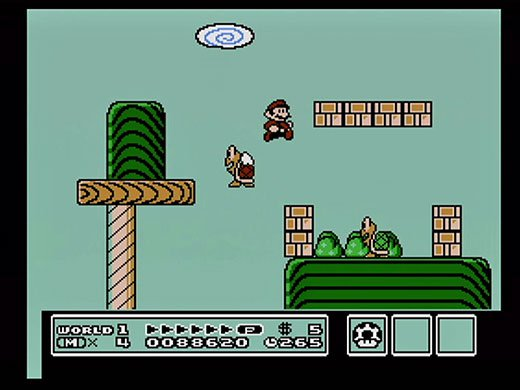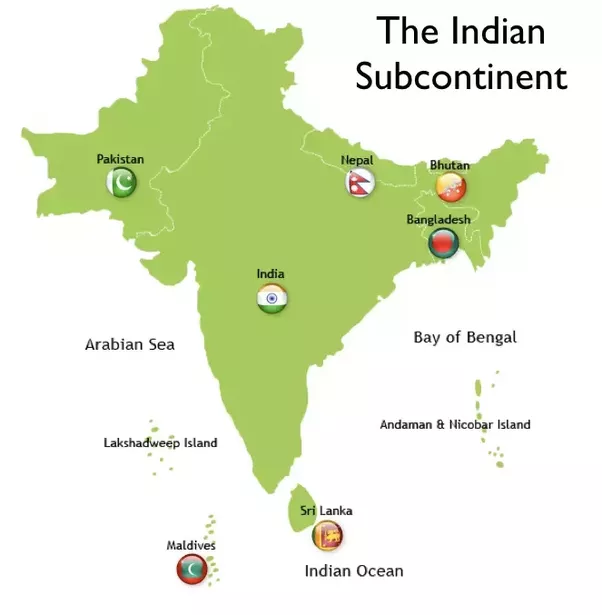The Civil Rights Movements of the 1960s opened the door for diversity in America. Women, ethnic minorities, and non-Judeo-Christian ideas began to have a voice both in politics and on the art scene. By the 1980s, and with an explosion in technological advances, art had expanded into multiple domains including, fiber arts, video games, performance art, environmental and street art.
Paul Friedlander The Wave Equation 2008
Paul Friedlander creates kinetic light sculptures, an art that incorporates science, technology, and art. His work has been shown at ArtFutura in Barcelona, Buenos Aires, Madrid, and Montevideo and at the Museum of Modern Art, Madrid (Art Futura, 2022). The Wave Equation would be best observed in-person. I find Friedlander's work fascinating and could see it being a teaching tool for budding scientists and artists. Friedlander uses computer lighting systems to illuminate his pieces (Art Futura, 2022). A sure departure from paint and canvas, Friedlander's work epitomizes diversity in art.
Super Mario Brothers 3. Nintendo Entertainment System, 1990, Nintendo of America, Inc / SAAM
"Video games are the only forms of artistic expression that allow the authoritative voice of the author to remain true while allowing the observer to explore and experiment.” -Melissinos (Tucker, 2012).
Pictured above, Super Mario Brothers 3, made its debut in 1990 and its graphics are the enduring quality that ties all the games together and make them cohesive for the gamer. Artist Shigeru Miyamoto of Japan designed Super Mario Bros and other popular games Zelda and Donkey Kong (Rossen, 2015). His career began with Nintendo in 1976 (Rossen, 2015). The video games that are played today are so detailed that the gamer may have trouble deciphering between reality and fantasy. Virtual reality transports the games to separate spaces and places. Video game art is nostalgic for me and most of my generation. I would frame and display scenes from (old) video games in my home.
Alison Knowles, Proposition #2: Make a Salad. 1962, Performed at the Institute of Contemporary Arts, London, October 1962
Fluxus Spotlight: Knowles/Ikeda | LA Phil | Walt Disney Concert HallAlison Knowles is a Fluxus artist and performed Proposition #2: Make a Salad in 1962 at the Institute of Contemporary Arts in London and again in 2019 at the Disney Concert Hall in Los Angeles (LA Phil, 2022). Fluxus art seeks to redefine the boundry between life and art and is often interactive and performance based (ArtStory, 2022). Fluxus artists scorned "high-art" and sought to bring their work to the masses (ArtStory, 2022). Knowles is one of Fluxus' most influential artists and uses the auditory cues of the vegetable chopping as a soundtrack for her performance (ArtStory, 2022). This piece is said to be Zen-based in practice and would be a revolutionary way to experience art. I would love to attend a Knowles performance.
Post Modern Art is hard to define, its diversity influenced by new ways of thinking and advances in technology. We seem to be living in a time in which everything is fair game, from materials use to performance platforms. Computer advances and graphic design have opened the door to creativity as evidenced by the first two artists, and storytelling is no longer limited to 'correctness' but open to free expression, as is the case with Knowles Fluxus performance. ArtFutura. (2022). Paul Friedlander. (online). Paul Friedlander - artfutura
Art Story. (2022). Fluxus. (online). Fluxus Movement Overview | TheArtStory
LA Phil. (2022). Fluxus: Fluxus Spotlight: Knowles/Ikeda. (online). Fluxus Spotlight: Knowles/Ikeda | LA Phil | Walt Disney Concert Hall
Rossen, J. (2015). 17 Fascinating Facts About Nintendo Legend Shigeru Miyamoto. Mental Floss. (online). 17 Fascinating Facts About Nintendo Legend Shigeru Miyamoto | Mental Floss
Tucker, A. (2012). The Art of Video Games. Smithsonian Magazine. (Online). The Art of Video Games | Arts & Culture| Smithsonian Magazine







What an interesting blog! I love the topics you've chosen, especially the video game piece. Earlier this week I brought out my original Nintendo game console and have been teaching my son and nephew to play Super Mario Bros. The quote about keeping the voice of the artist true while allowing the observer to explore is spot on. I must admit I never thought about video games when thinking about art, but now reflecting on games I've played, the graphics, movement, and storylines are all beautiful pieces of art that I am glad I've been immersed in and experienced. While virtual reality games are unique and fun, I think I would enjoy being in an exhibit with screens for walls, being able to experience a game through sight and touch within a space instead of with the headpiece.
ReplyDeleteI love the topic that you chose! I have always found technology and art combined into one so incredible. I especially like how you chose New Super Mario Bros because it brings so much nostalgia and joy from my childhood. Nintendo was a way for me to connect with my brothers and do something that we all enjoy, allowing me to also relieve some stress. The art you chose is incredible and I would love to have it in my home.
ReplyDeleteI am very intrigued to see a video game in your blog, as I haven't seen one yet in this class. I suppose I never considered that video games are, in fact, art. I also wrote about diversity in my post for this era, and I can tell we have similar ideas going. What exactly is the theme for this post? It seems to me to represent the changing times, and I enjoyed observing the differences between each work of art that you chose to cover.
ReplyDeleteThis was a really interesting blog. I had never heard of Fluxus style of art until this course. I think it is cool that they make art that is interactive with the viewer. For both artists you chose, they are really incorporating new techniques and redefining what is considered art. I hope to experience a Fluxus artist one day.
ReplyDelete